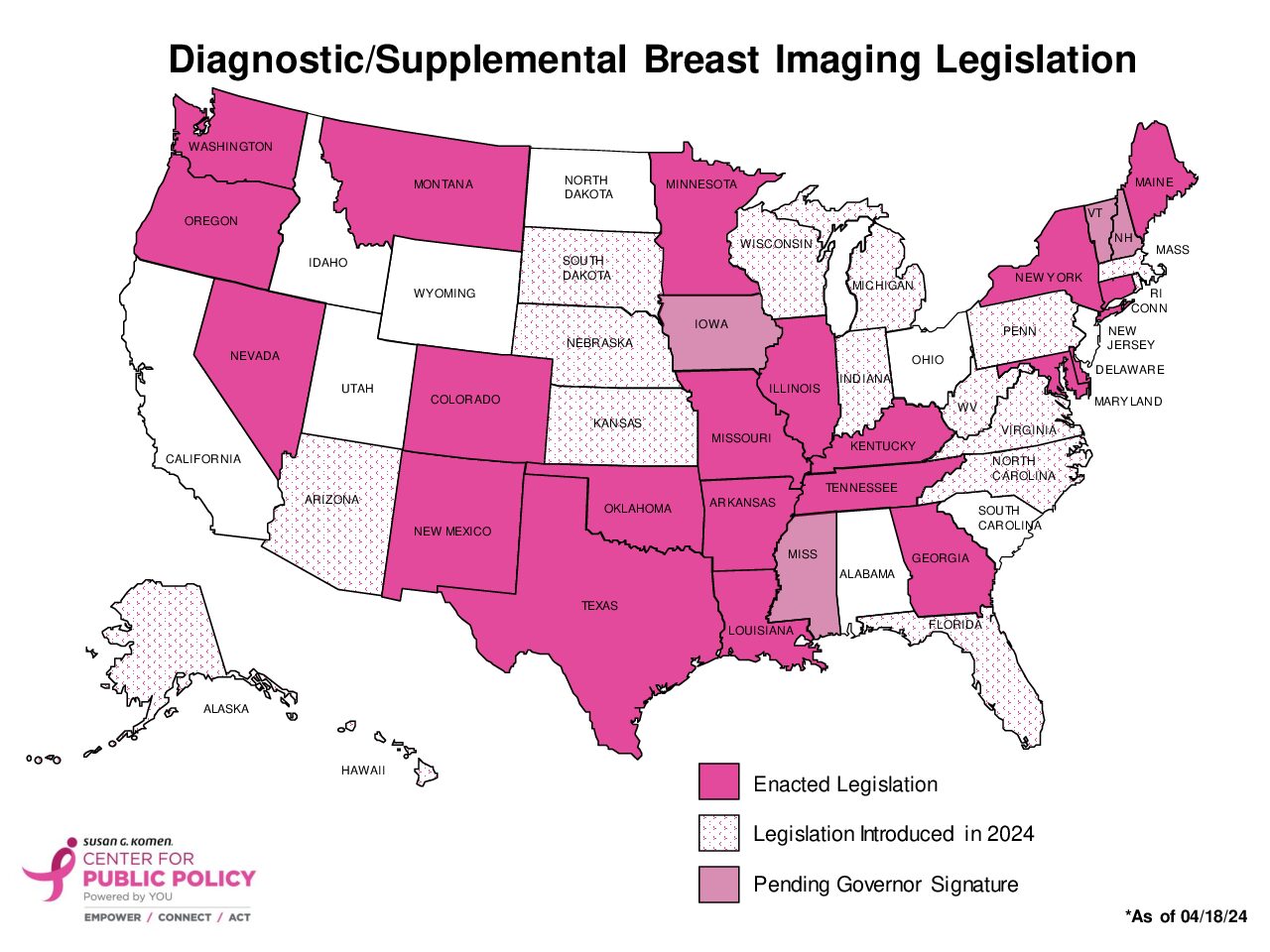At the beginning of the COVID-19 pandemic, the U.S. Congress passed legislation requiring state Medicaid programs to keep people enrolled through the end of the public health emergency (PHE). This requirement ended in the spring, and many states started the process of unenrolling individuals over the late spring and early summer. Unfortunately, as of late July, nearly 3.8 million people have lost their coverage, many of whom remain eligible. By the end of the unenrollment process, it is estimated 15 million will have lost coverage.
According to the Kaiser Family Foundation, “certain individuals, including people who have moved, immigrants and people with limited English proficiency (LEP), people with disabilities and older adults, will be at increased risk of losing Medicaid coverage or experiencing a gap in coverage due to barriers completing the renewal process, even if they remain eligible for coverage.”
Early reports show the majority of people (80%) lost coverage because of administrative and paperwork issues – meaning the information on file with the government was outdated or incorrect – not due to actual ineligibility.
If you receive health insurance through Medicaid, it is important that you verify your personal information is up to date with your state Medicaid program as soon as possible. Not doing so could put you at risk of losing your coverage.
If you have lost Medicaid or CHIP insurance, HealthCare.gov can assist in exploring other coverage options.
Susan G. Komen’s Center for Public Policy has been actively involved on this issue and has asked the federal government for flexibility as it unwinds Medicaid coverage and requested that states utilize these flexibilities to limit the number of eligible individuals losing their coverage. Komen and other patient groups issued a joint statement outlining solutions to issues Medicaid recipients are experiencing. Komen will continue to work with the federal and state regulators to protect patients who need no cost or low-cost health coverage.
Protecting Patients’ Access to Care as Medicaid Unwinding Continues: Patient Groups Urge States to Use New Flexibilities
AUGUST 21, 2023 – Our organizations, representing hundreds of millions of patients and consumers facing serious, acute, and chronic health conditions across this country, urge states to utilize all available flexibilities to help consumers during the Medicaid unwinding.
Beginning April 1, 2023, states resumed Medicaid eligibility determinations that were paused during the COVID-19 public health emergency. The data reported by states so far has shown alarming numbers of coverage terminations for procedural reasons, such as being unable to locate individuals or not receiving re-enrollment paperwork on time. We are concerned coverage losses may be exacerbated by high abandonment rates at some state call centers.
In June 2023, CMS provided a list of flexibilities and approaches available to states to help minimize procedural coverage terminations. Our organizations encourage all states to engage as many of these strategies as possible to ensure that patients have ample opportunity to respond to redetermination requests, and to minimize disruptions in their health coverage. In particular, we highlight the following approaches:
Increase ex parte renewal rates
• States may renew eligibility based on eligibility determinations made for other programs such as the Supplemental Nutrition Assistance Program (SNAP) or Temporary Assistance for Needy Families (TANF). States may also take advantage of flexibilities that help to facilitate income verification (such as $0 income or regular income such as Title II Social Security Disability benefits). o States often have additional information on beneficiaries from other programs that assist people with low incomes or income information that is unlikely to change. This information can be used to renew coverage automatically and reduce red tape for beneficiaries. All states should be taking advantage of these income verification strategies.
• States may renew eligibility for beneficiaries for whom information from the Asset Verification System (AVS) is not returned or is not returned within a reasonable timeframe.
• States may renew eligibility for beneficiaries without regard to the asset test for non-Modified Adjusted Gross Income (MAGI) beneficiaries who are subject to an asset test. States also have flexibilities to ensure that asset tests do not become unnecessary bureaucratic barriers to coverage. This is particularly important for non-MAGI populations, including people with disabilities and chronic conditions. All states should utilize these flexibilities.
• States may suspend requirements to apply for other benefits and cooperate with medical support enforcement, reducing the burden on eligibility staff.
Support enrollees with submitting or completing renewal forms to reduce procedural terminations
• States may permit managed care plans to assist enrollees in completing and submitting Medicaid renewal forms. States may also send lists to managed care plans for individuals who are up for renewal or who have not responded to renewal requests to conduct targeted outreach. For many enrollees, managed care organizations (MCOs) may be their most consistent, recognized, or trusted source of contact or information regarding their coverage. Allowing MCOs to conduct outreach and assist enrollees with their renewal forms could significantly ease strain on both eligibility staff and enrollees themselves. All states should utilize this flexibility.
• States may delay procedural terminations for beneficiaries for one month while the state conducts targeted renewal outreach. We urge all states, but particularly states that are seeing high rates of procedural terminations, to implement the newly available one-month pause in procedural terminations. This additional time will allow states to conduct additional outreach, assess why the procedural termination rate is so high, and explore strategies to minimize or reduce procedural terminations based on those findings.
Facilitate the reinstatement of eligible individuals disenrolled for procedural reasons
• States can designate agencies or third-party actors such as pharmacies or community-based organizations as qualified entities who can conduct presumptive eligibility (PE) determinations for individuals who recently lost coverage. o Many enrollees may not realize their coverage has been terminated until they try to use it, such as picking up a prescription or seeing their doctor. Designating PE entities would also ease the burden on the state’s own eligibility staff, while providing meaningful reenrollment avenues for enrollees when they learn of their coverage termination.
• States can automatically reinstate beneficiaries to the date of their procedural termination, extend the 90-day reconsideration window, and extend the automatic reenrollment in an MCO.
• States should also consider deploying strategies specifically focused on mitigating coverage loss for individuals with special health care needs. First, states can identify “high-risk” enrollees such as individuals in the disabled eligibility group or individuals receiving home and community-based services. After identifying high-risk enrollees, state Medicaid agencies can distribute redeterminations later in the unwinding period (e.g., initiating renewals for high-risk individuals during months 10-12 of unwinding) to provide more time to conduct tailored outreach and provide individual assistance with the renewal process to help ensure these individuals maintain coverage.
• States may also adopt special redetermination processes such as providing longer timeframes for individuals to respond to requests for information to complete the renewal process and/or following up with multiple outreaches through alternate modalities for enrollees who do not respond to renewal forms.
The challenges that people with chronic conditions face when they experience gaps in coverage are well known—they are forced to go without medication or needed treatment. It is crucial that states use the above flexibilities to minimize unnecessary coverage losses, ensure lost coverage is reinstated as quickly and seamlessly as possible, and proactively notify beneficiaries of coverage reinstatements so that patients have access to the health care they need.
Sincerely,
ALS Association, American Cancer Society Cancer Action Network, American Heart Association, American Kidney Fund, American Lung Association, Arthritis Foundation, Asthma and Allergy Foundation of America, Cancer Support Community, CancerCare, Child Neurology Foundation, Chronic Disease Coalition, Crohn’s & Colitis Foundation, Cystic Fibrosis Foundation, Epilepsy Foundation, Foundation for Sarcoidosis Research (FSR), Hemophilia Federation of America, Immune Deficiency Foundation, Lupus Foundation of America, Lutheran Services in America, March of Dimes, Muscular Dystrophy Association, National Alliance on Mental Illness (NAMI), National Bleeding Disorders Foundation, National Eczema Association, National Health Council, National Multiple Sclerosis Society, National Organization for Rare Disorders, National Patient Advocate Foundation, National Psoriasis Foundation, Pulmonary Hypertension Association, Susan G. Komen, The AIDS Institute, The Leukemia & Lymphoma Society



